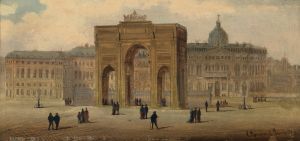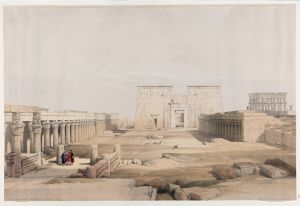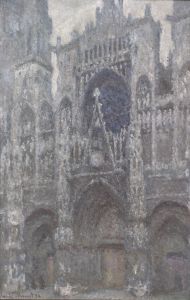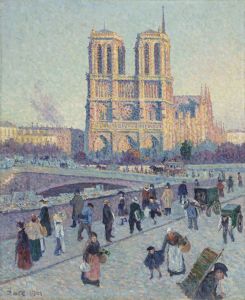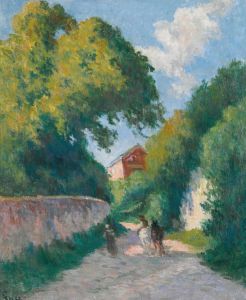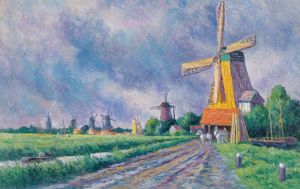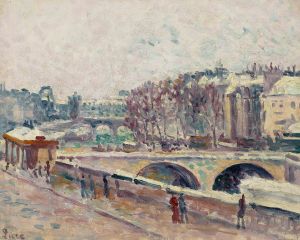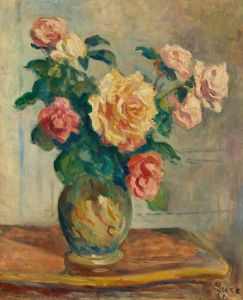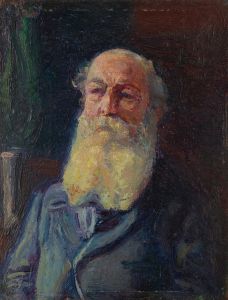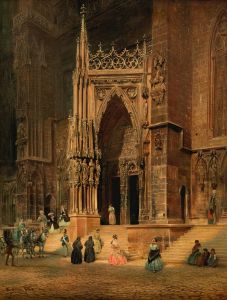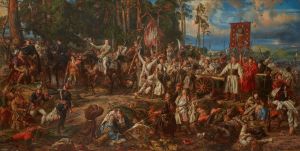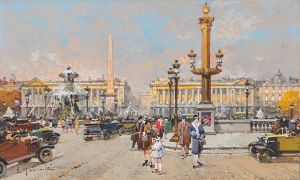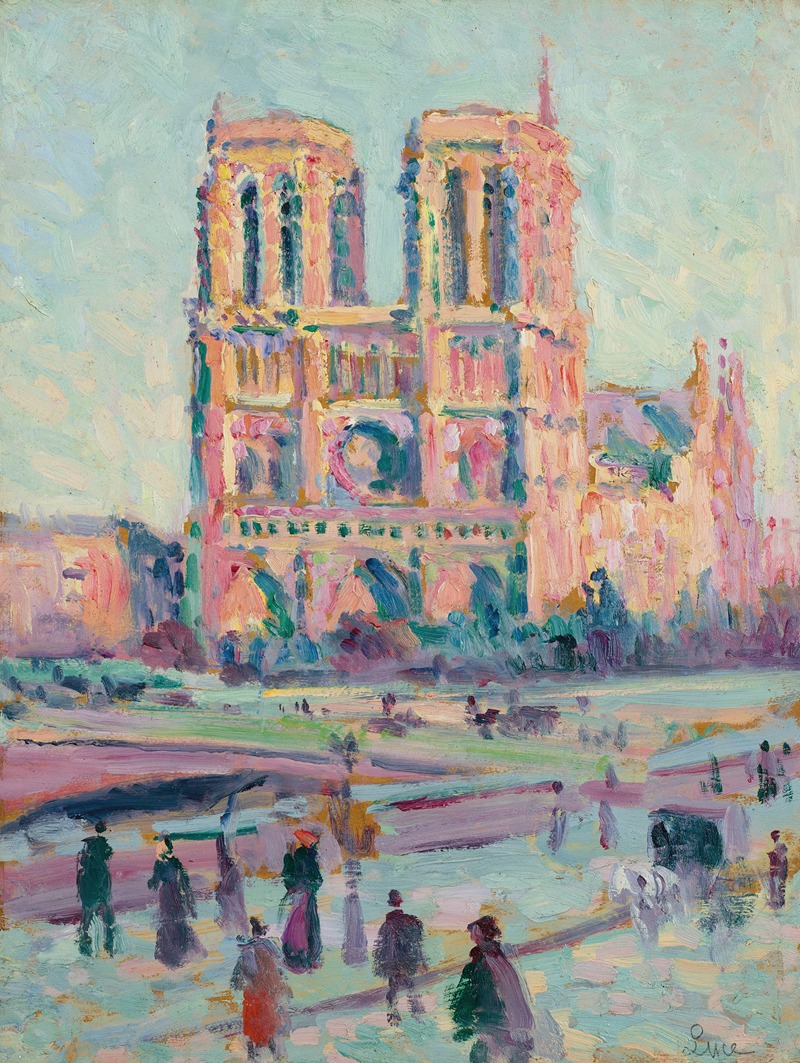
Notre-Dame de Paris
A hand-painted replica of Maximilien Luce’s masterpiece Notre-Dame de Paris, meticulously crafted by professional artists to capture the true essence of the original. Each piece is created with museum-quality canvas and rare mineral pigments, carefully painted by experienced artists with delicate brushstrokes and rich, layered colors to perfectly recreate the texture of the original artwork. Unlike machine-printed reproductions, this hand-painted version brings the painting to life, infused with the artist’s emotions and skill in every stroke. Whether for personal collection or home decoration, it instantly elevates the artistic atmosphere of any space.
Maximilien Luce was a prominent French Neo-Impressionist artist known for his paintings, illustrations, and engravings. Born in Paris in 1858, Luce was a key figure in the Neo-Impressionist movement, which was characterized by the use of pointillism—a technique involving the application of small, distinct dots of color to form an image. This movement was heavily influenced by the scientific study of color and light, and Luce was among its most dedicated practitioners.
One of Luce's notable works is "Notre-Dame de Paris," a painting that captures the iconic cathedral in the heart of the French capital. Notre-Dame Cathedral, a masterpiece of French Gothic architecture, has been a symbol of Paris for centuries. It is renowned for its architectural innovations, including its flying buttresses, ribbed vaults, and stunning stained-glass windows. The cathedral has been the site of many significant historical events, making it a subject of interest for many artists.
Maximilien Luce's depiction of Notre-Dame de Paris reflects his mastery of the Neo-Impressionist style. In this painting, Luce employs his characteristic technique of pointillism to capture the play of light and shadow on the cathedral's façade. The use of small, vibrant dots of color allows Luce to convey the atmospheric effects of the scene, capturing the essence of the cathedral as it interacts with the surrounding environment. This technique not only highlights the architectural details of Notre-Dame but also imbues the painting with a sense of movement and life.
Luce's choice of subject matter is significant, as Notre-Dame de Paris is not only an architectural marvel but also a cultural and historical icon. By painting this cathedral, Luce connects his work to the broader cultural heritage of France. His painting serves as a visual document of the cathedral's enduring presence in the Parisian landscape, reflecting both its historical significance and its role as a source of inspiration for artists and writers alike.
Throughout his career, Luce was deeply influenced by the social and political climate of his time. He was known for his anarchist beliefs and often depicted scenes of working-class life and social unrest. While "Notre-Dame de Paris" does not explicitly convey a political message, it can be seen as part of Luce's broader interest in capturing the spirit of his era. By focusing on a landmark that is both a religious and cultural symbol, Luce's painting can be interpreted as a reflection on the enduring power of cultural institutions amidst the changing tides of history.
Maximilien Luce's "Notre-Dame de Paris" is a testament to his skill as a painter and his ability to capture the essence of his subjects through the innovative use of color and light. The painting remains an important example of Neo-Impressionism and continues to be appreciated for its artistic and historical significance. Through his work, Luce not only contributed to the development of modern art but also helped to preserve the cultural heritage of France for future generations.





